
Daniel Chester French was an American sculptor of the late nineteenth and early twentieth centuries, best known for his design of the monumental statue of Abraham Lincoln (1920) in the Lincoln Memorial in Washington, D.C.
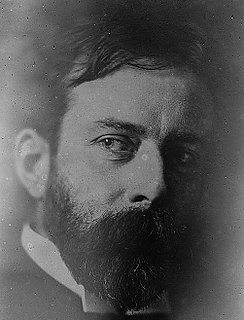
Lorado Zadok Taft was an American sculptor, writer and educator. His 1903 book, The History of American Sculpture, was the first survey of the subject and stood for decades as the standard reference. He has been credited with helping to advance the status of women as sculptors.

James Earle Fraser was an American sculptor during the first half of the 20th century. His work is integral to many of Washington, D.C.'s most iconic structures.

Evelyn Beatrice Longman was a sculptor in the U.S. Her allegorical figure works were commissioned as monuments and memorials, adornment for public buildings, and attractions at art expositions in early 20th-century America. She was the first woman sculptor to be elected a full member of the National Academy of Design in 1919.

Bela Lyon Pratt was an American sculptor from Connecticut.

Hermon Atkins MacNeil was an American sculptor born in Everett, Massachusetts. He is known for designing the Standing Liberty quarter, struck by the Mint from 1916-1930; and for sculpting Justice, the Guardian of Liberty on the east pediment of the United States Supreme Court building.
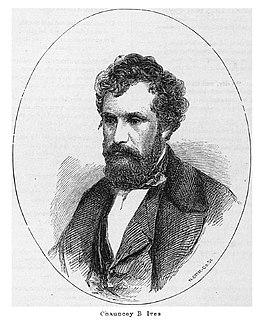
Chauncey Bradley Ives was an American sculptor who worked primarily in the Neo-classic style. His best known works are the marble statues of Jonathan Trumbull and Roger Sherman enshrined in the National Statuary Hall Collection.
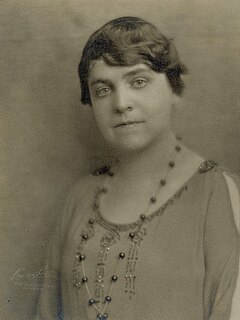
Nellie Verne Walker, was an American sculptor best known for her statue of James Harlan formerly in the National Statuary Hall Collection in the United States Capitol, Washington D.C.

Francis Edwin Elwell was an American sculptor, teacher and author.
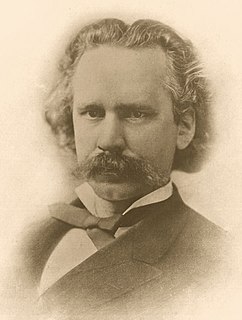
Martin Milmore (1844–1883) was an American sculptor.

Andrew O'Connor was an American-Irish sculptor whose work is represented in museums in America, Ireland, Britain and France.

The Coal Miner is a public artwork by Polish American artist John J. Szaton (1907–1966) which is located in two US State capitals; the original, commissioned in 1963 in Springfield, Illinois, as well as a copy on the west lawn of the Indiana State House in Indianapolis The statues commemorate coal miners who had lost their lives in those states' mining industry. The 7-foot (2.1 m) tall statue rests on a 3-foot (0.91 m) square, granite base supported by a cement foundation that is 4–6 inches (100–150 mm) thick.
Leonard Crunelle was a French-born American sculptor especially known for his sculptures of children. Crunelle immigrated with his family to the United States and worked as a coal miner in Decatur, Illinois. Lorado Taft discovered him as a youth and brought him to Chicago where he was an apprentice to the sculptors decorating the 1893 World's Fair Horticultural Exhibit. He studied at the Art Institute of Chicago with Taft.

Charles J. Mulligan was an American sculptor born in Riverdale, County Tyrone, Ireland. He immigrated to America at the age of 17 and found work as a stone cutter in Pullman, Illinois, near Chicago.
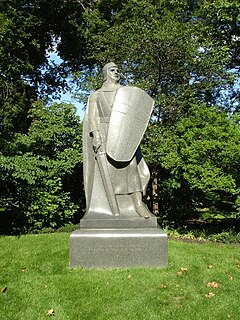
The Crusader, also known as the Victor Lawson Monument, is a memorial marking the grave of Chicago newspaper publisher Victor Lawson. It is in Chicago's historic Graceland Cemetery and was designed by American sculptor Lorado Taft in 1931.
Frederick Cleveland Hibbard was an American sculptor based in Chicago. Hibbard is best remembered for his Civil War memorials, produced to commemorate both the Union and Confederate causes.
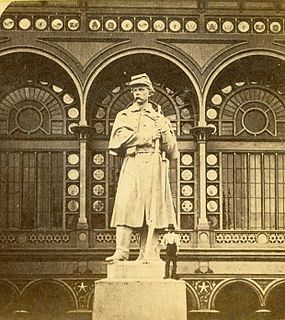
Carl H. Conrads was an American sculptor best known for his work on Civil War monuments and his two works in the National Statuary Hall Collection at the U.S. Capitol in Washington, D.C. He was also known as Charles Conrads.

Joseph Pasquale Pollia was an Italian-born American sculptor who created numerous monuments and war memorials.